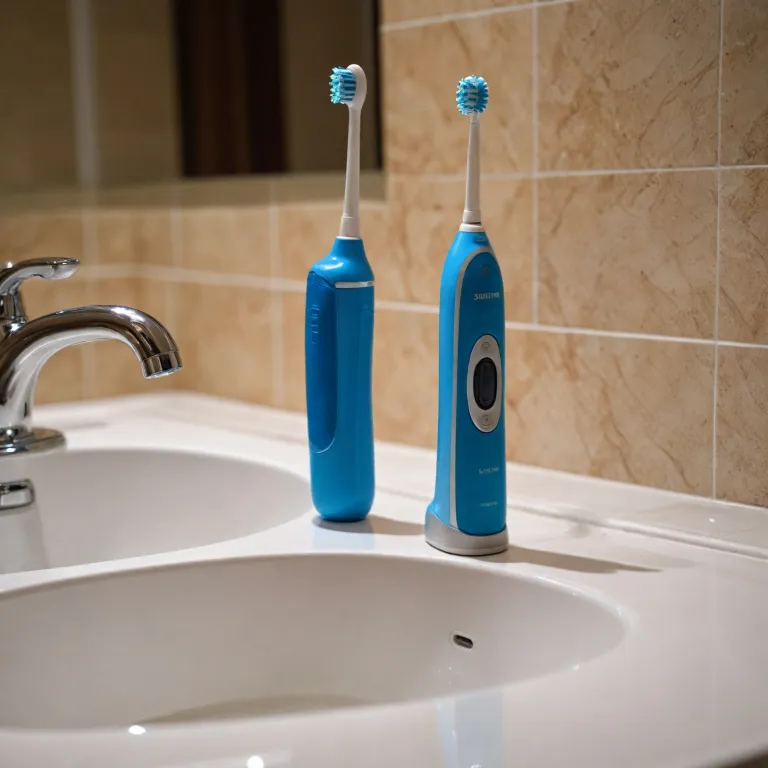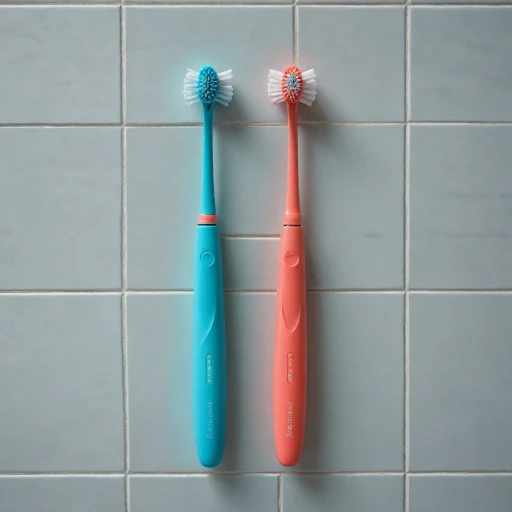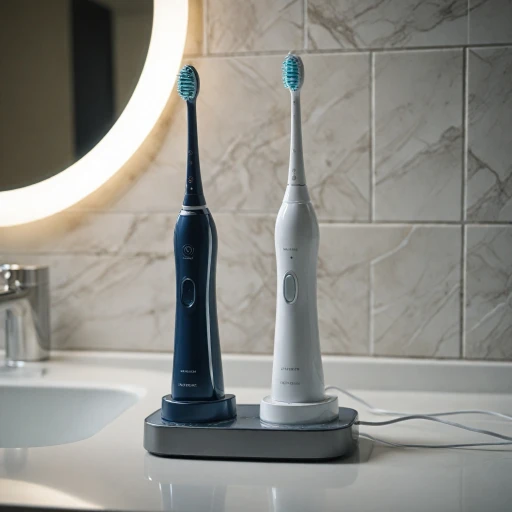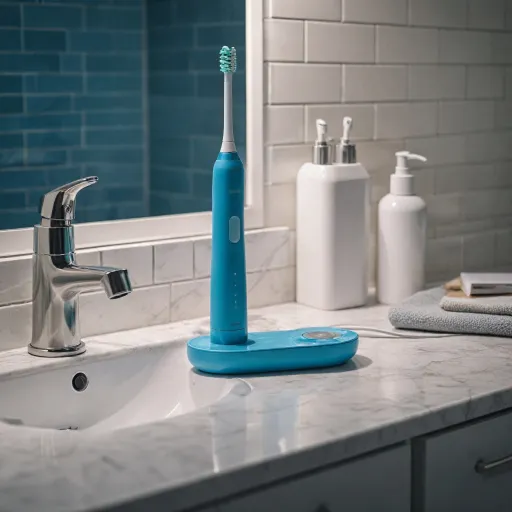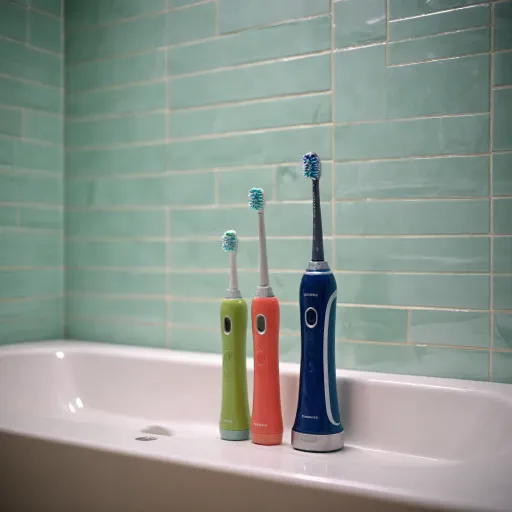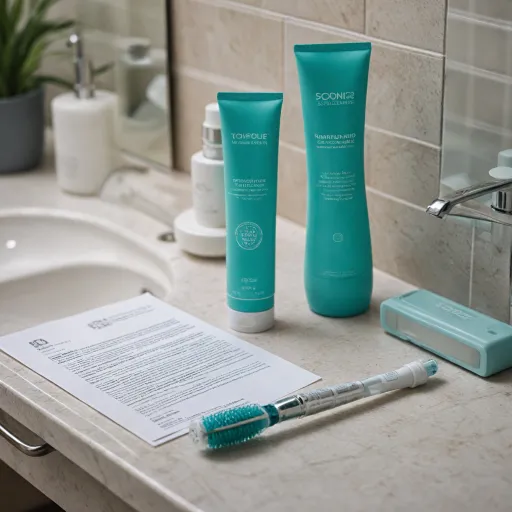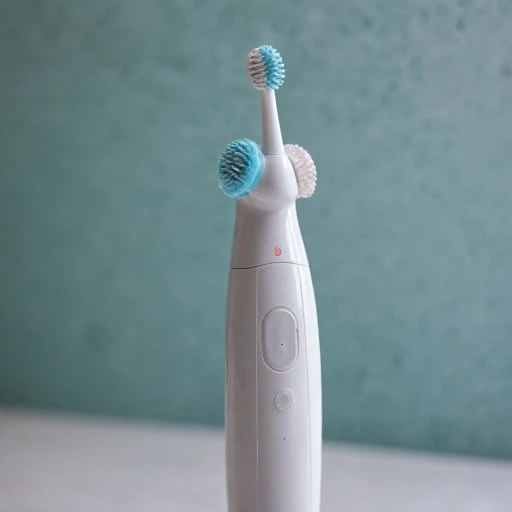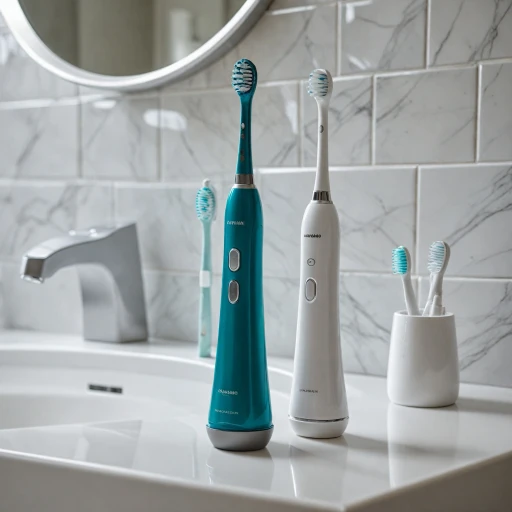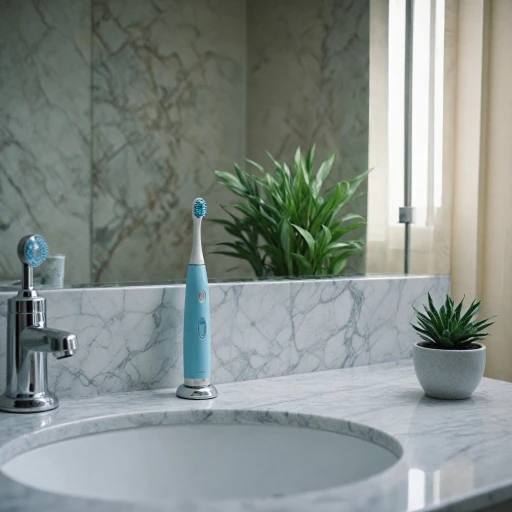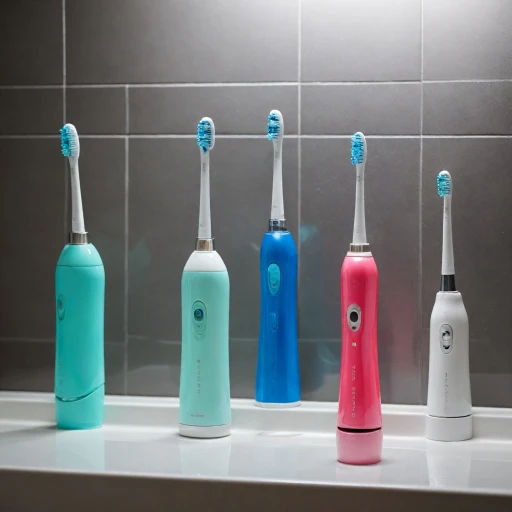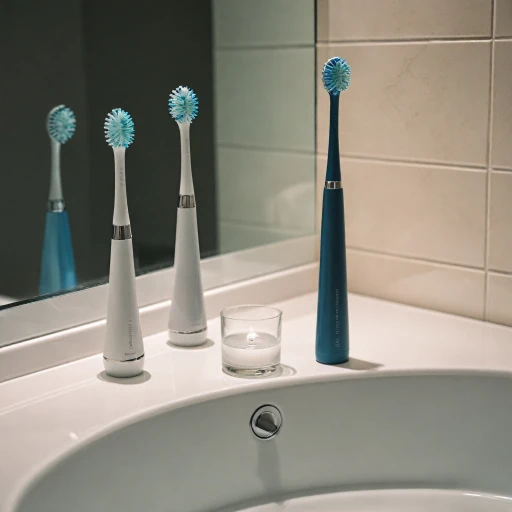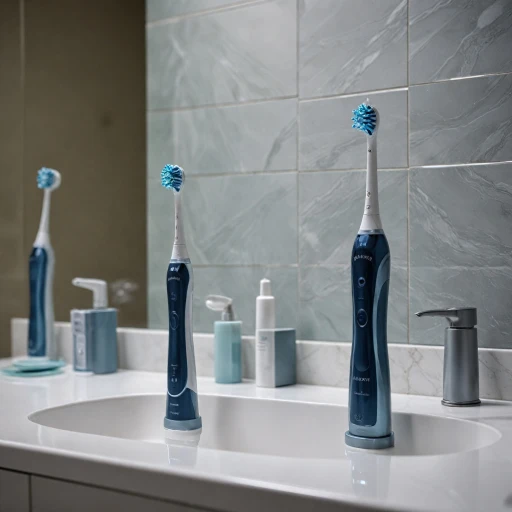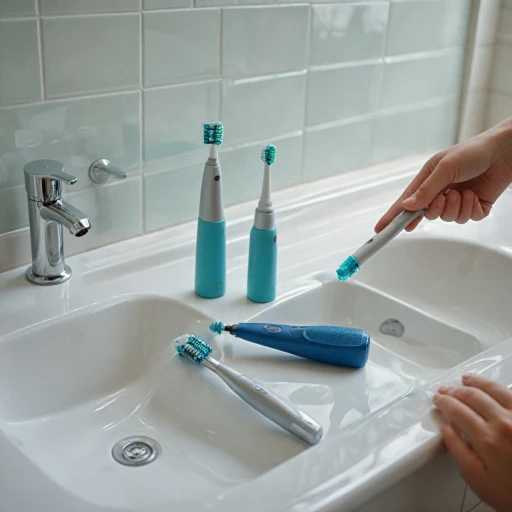
Understanding the Basics of Philips Sonicare Charging
Grasping the Essentials of Charging Your Philips Sonicare
If you're facing issues with your Philips Sonicare toothbrush not charging, it’s essential to first familiarize yourself with how this device is designed to operate. Imagine starting your day, reaching for your Sonicare, and realizing it isn’t charged. Understanding the charging mechanism can potentially allow you to identify the cause of this hiccup. Your Sonicare toothbrush relies on rechargeable batteries, typically lithium-ion, which are recharged using a dedicated charger. When properly connected and plugged into an outlet, a light indicator on the toothbrush informs you of its charging status. ### Common Features in Philips Sonicare Charging:- The Charger: This part is essential, as it delivers the necessary power from your outlet to the toothbrush battery. Make sure your charger is intact and correctly plugged.
- Battery Light Indicator: Usually, the brush features a battery light that turns on or blinks to signal different charging levels or issues.
- Proper Contact: Ensure there is a good connection between the charger and the toothbrush.
- Charge Time: Full charging may take several hours, so be patient. For precise guidelines, refer to your device's manual.
Common Reasons for Charging Failures
Exploring the Usual Suspects: Charging Issues with Your Philips Sonicare
The Philips Sonicare toothbrush, known for its advanced sonic technology, sometimes faces the hurdle of charging failures. While this can be frustrating, pinpointing the underlying cause is the first step toward resolving the issue. Here are some common reasons why your Sonicare toothbrush might not be juicing up as it should:
- Device Misalignment: Ensure that your toothbrush is correctly positioned on its charger. Any misalignment can prevent the toothbrush charger from making the necessary contact to transfer power efficiently.
- Battery Issues: Over time, the battery of your Philips Sonicare may degrade. It’s essential to assess if the battery light is flickering or not turning on. This could indicate a need for replacing the battery.
- Charger Malfunction: A faulty charger could be the culprit. If the charging light on the toothbrush doesn’t turn on despite being correctly placed on the charger, consider testing with a different charger, if possible.
- Outlet Troubles: Sometimes the issue stems from the power source itself. Check if the plugged outlet is working by testing it with another device. An unreliable power source will mean your toothbrush doesn’t charge.
If you're still uncertain about these aspects, or if investigating seems daunting, check out info on electric toothbrush battery specifics to better understand potential issues with the powering system. Always address these issues promptly to maintain your dental hygiene regimen without interruption.
Troubleshooting Steps to Diagnose the Problem
Identify the Problem: Is It Your Toothbrush or the Charger?
Before diving into detailed troubleshooting, it's crucial to ascertain whether the issue lies with your Philips Sonicare toothbrush, the charging base, or potentially even the power outlet. Start by examining common indicators of a malfunction. Check if the toothbrush doesn't turn on or the battery light fails to illuminate when placed on the charger. These signs may hint at the need to explore further.
Verify the Power Outlet and Charger
Make sure the outlet is delivering power. Try another device in the same outlet to ensure it's functioning correctly. If necessary, relocate the charger to an alternate outlet. A defective outlet can sometimes be the overlooked culprit in toothbrush charging problems. Further, inspect the toothbrush charger for any visible damage or deterioration.
Inspect the Sonicare Toothbrush
Take a closer look at your Sonicare toothbrush for any apparent issues. Ensure that there are no obstructions at the connection points where the toothbrush and base contact each other during charging. Debris or residue can prevent a proper charge.
Evaluate the Battery Light
If your toothbrush’s charge light isn’t responding, it may signal a deeper issue tied to the internal components. Ensure the brush head is securely attached, as a misaligned part can sometimes interfere with charging. When checking the battery light, allow a few minutes to see if the indicator turns on or remains inactive.
Check for Replacement Needs
If all else seems in order and the toothbrush still won’t charge, you could be dealing with a defective battery. In some situations, replacing the battery might resolve persistent charging problems. It's wise to consider the age of the toothbrush, as older devices may naturally require more frequent attention. If you’re uncertain whether a replacement is necessary, explore the various settings of your device to rule out functionality issues.
DIY Solutions to Fix Charging Problems
Resolving Toothbrush Charge Issues at Home
If your Philips Sonicare toothbrush doesn't seem to power up despite being placed on the charger, there are some DIY troubleshooting steps you can take to resolve the issue. These solutions may help when the toothbrush either doesn't charge or the battery light remains off.- Check the Outlet: Make sure that the charger is correctly plugged into a functioning power outlet. Test by plugging in another device to confirm the outlet is operational. Sometimes, charging issues occur due to a faulty outlet, which doesn't provide the necessary power for the toothbrush charger.
- Inspect the Charger Contact: Examine the charger for any visible damage or debris that may prevent the proper connection. Cleaning the contact points on both the charger and the device can help ensure a good connection.
- Clean the Toothbrush Handle: Wipe down the handle of your Philips Sonicare toothbrush, focusing on the area that makes contact with the charger. Dust or grime can interfere with charging efficiency.
- Replace the Brush Head: Although it might seem unrelated, a worn-out brush head can sometimes affect the toothbrush’s performance. Consider replacing the brush head if it's very old or damaged.
- Test with Another Charger: If you have access to another Philips Sonicare charger, use it to see if the issue persists. This can help determine if your current charger is faulty.
- Check the Battery Light: When charging, the battery light should turn on or blink to indicate the toothbrush is charging. If it doesn’t, there could be an issue with the battery or charger.
When to Seek Professional Help
Recognizing When Expert Intervention is Necessary
While DIY solutions can be a practical approach to fixing your Philips Sonicare when charging issues arise, it's crucial to acknowledge situations where professional assistance may be essential. Here’s what to consider:- Persistent Charging Issues: If your Sonicare toothbrush continues to have difficulties with charging, even after following basic troubleshooting steps and attempting DIY fixes, it's advisable to consult a professional. A consistent failure to power the device might indicate a more complex internal issue.
- Battery Malfunctions: Frequent problems with the battery, such as the device not holding a charge, could indicate that your toothbrush needs a battery replacement. Specialist services are often equipped to replace the battery effectively without damaging the toothbrush's internal components.
- Damaged Components: If there is noticeable damage to the toothbrush charger, charging base, or contacts, such as corrosion or breakage, these should be addressed by professionals. Attempting to repair or replace such components without proper knowledge may cause further damage.
- Light Indicators Malfunctioning: The battery light or charging lights on your Sonicare toothbrush play a crucial role in indicating the charge status. If these lights don’t turn on or malfunction, it might signify a deeper electronic issue that needs expert attention.
- Manufacturer’s Warranty: Assess whether your Philips Sonicare is still under warranty. If so, contacting Philips or the retailer from which you bought the toothbrush might entitle you to repair or replacement under warranty terms, without additional costs.
Preventive Measures to Avoid Future Charging Issues
Proactive Steps to Ensure Lasting Toothbrush Functionality
To avoid future charging issues with your Philips Sonicare toothbrush, consider integrating certain preventive measures into your regular device maintenance routine. Regular attention to how your charge toothbrush and care for it can make a significant difference in its long-term functionality.
- Clean Contacts Regularly: Over time, debris and toothpaste residue can accumulate on the charger contact and the toothbrush charging base. Ensure to clean both the toothbrush and charger contacts to maintain optimal charging functionality. A gentle wipe with a damp, soft cloth can help.
- Use Correct Charger: Always use the charger that is specifically designed for your Philips Sonicare model. Sometimes using a charger not designated for your specific device can result in inadequate charging.
- Mind the Battery: If your toothbrush doesn’t seem to hold a charge well, it might indicate the battery's lifespan is near its end. Consider replacing the battery or the device as a permanent solution to ensure your toothbrush maintains optimal performance.
- Avoid Overcharging: Although many modern electric toothbrushes are designed to prevent overcharging, it is still a good practice to avoid leaving the toothbrush plugged in unnecessarily. Once fully charged, disconnect it from the outlet.
- Store Properly: Store your toothbrush in a dry area, away from excessive moisture, which can affect the charging contacts and other electronic components of the device.
- Check Lights and Indicators: Pay attention to the battery light indicators. If the lights don’t behave as expected, it might be indicative of a larger issue warranting attention.
Implementing these preventive steps can help ensure your Philips Sonicare toothbrush remains in excellent working condition, reducing the likelihood of unexpected charging failures. If you continue to encounter problems despite following these measures, it could be time to contact Sonicare customer support for further assistance.
